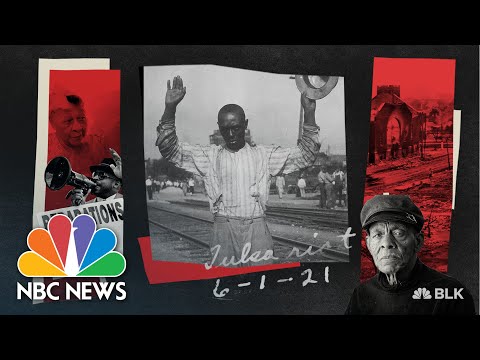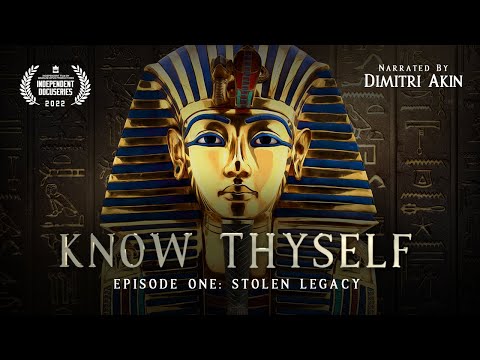In the vast world of Disney movies, there are certain films that stand out as unique, groundbreaking, and ahead of their time. One such movie is TRON, released in 1982. Often referred to as Disney’s black sheep, TRON paved the way for futuristic storytelling and introduced groundbreaking visual effects that revolutionized cinema.
Directed by Steven Lisberger, TRON tells the story of a computer programmer named Kevin Flynn (played beautifully by Jeff Bridges), who is digitized into a computer world. Inside this digital realm, Flynn becomes a part of high-stakes video games and battles against the oppressive Master Control Program (MCP), a malicious software program seeking total control over both the virtual and real worlds.
Upon its release, TRON was not widely embraced by audiences or critics. It was ahead of its time in terms of graphics and special effects but struggled to find mainstream appeal due to its unique concept. However, over the years, TRON has developed a cult following and gained recognition for its groundbreaking achievements.
Perhaps one of the most significant contributions that TRON made was its pioneering use of computer-generated imagery (CGI). The film employed a technique called “backlit animation” where live actors were filmed in black-and-white against a black background and then filled with vibrant colors using early computer technology. This created a distinctive otherworldly aesthetic that was unlike anything seen before.
TRON’s visual effects were also complemented by an exceptional electronic score by Wendy Carlos. The pulsating soundtrack perfectly encapsulated the futuristic atmosphere of the film and became iconic among electronic music enthusiasts.
Aside from its technical prowess, TRON also presented a narrative that delved into themes way ahead of its time. The movie explores concepts like artificial intelligence gaining sentience, humans transcending into digital beings, and how technology can create both liberation and oppression simultaneously. These thought-provoking ideas have only grown more relevant and impactful over the years.
Although TRON initially struggled to find an audience, Disney did not give up on the franchise. In 2010, nearly three decades after the original film’s release, a sequel titled TRON: Legacy hit theaters. This follow-up amped up the visual effects even further while retaining the essence and spirit of the original film. The response to TRON: Legacy was more positive than its predecessor, gaining a new generation of fans and reigniting interest in the franchise.
TRON remains a testament to Disney’s willingness to take risks and push boundaries. It may have been considered a black sheep during its initial run, but its impact on cinema, technology, and pop culture cannot be denied. From its groundbreaking visuals to its thought-provoking themes, TRON continues to inspire filmmakers and audiences alike.
In conclusion, TRON stands as an important milestone in Disney’s history. It may not have been an immediate success or widely understood upon release, but its legacy as a pioneering film is undeniable. TRON’s influence can be seen in countless movies that followed it, with both filmmakers and viewers appreciating its unique vision of a digital world. As Disney continues to explore new horizons through storytelling and technology, TRON’s legacy remains as a reminder that innovation often lies beyond conventional boundaries.





